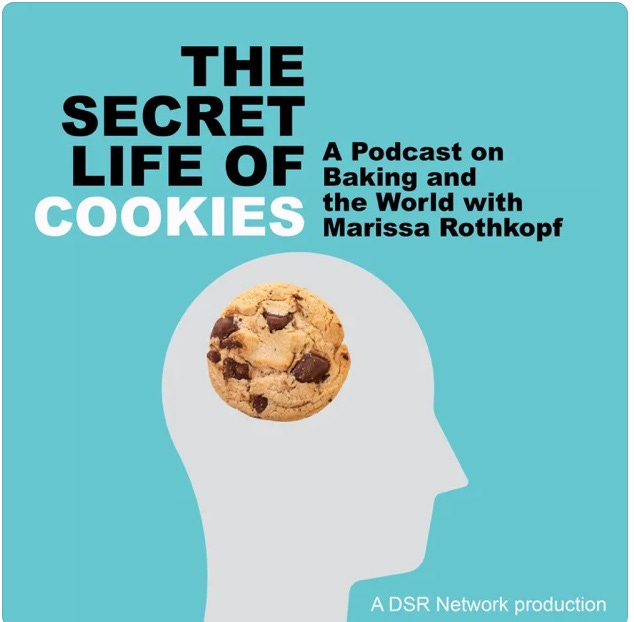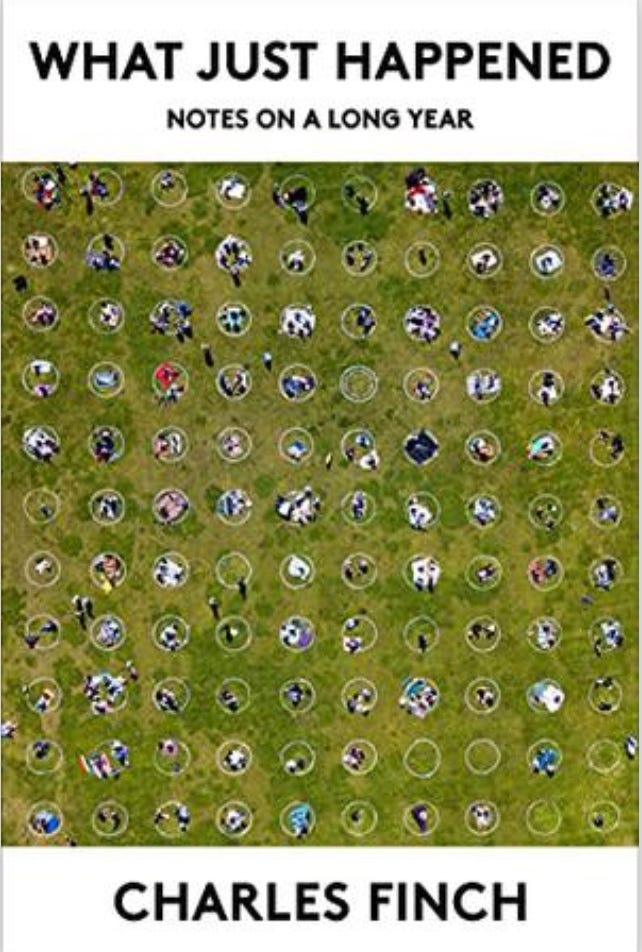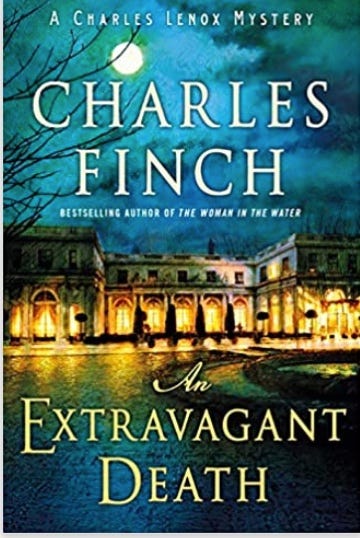Victorian Gingerbread for Charles Finch
...and his famous sleuth, Charles Lenox
Last week, for my one-year anniversary podcast, I had author Charles Finch as my guest.
We discussed his latest book, What Just Happened: Notes on a Long Year, a memoir full of insights about the first year of COVID lockdown. Finch’s political commentary on Twitter sustained me through the Demented Orange Years, along with his brilliant and compelling Inspector Lenox mystery series set in Victorian England. If you haven’t read them before, you are in for a treat. And! There are 16 already in the series.
It was for Inspector Lenox, the dapper aristocrat-turned-private-detective, that we decided to make gingerbread cake. ‘tis a very Victorian treat and quite nice with a strong cup of tea on a blustery, damp winter’s day.
Notes:
Feel free to tinker with the level of spice. I like my gingerbread to be very ‘warm’ with spices, so I tend to even add more (by 1/2 teaspoons) of the amounts listed below.
If you want to dress this cake up, an vanilla cream cheese frosting scented with orange zest would be terrific, as would a chocolate ganache.
Speaking of chocolate, I love to add chocolate chips to gingerbread cake. I suppose that surprises no one.
I also sometimes add fresh cranberries.
Gingerbread Cake for Inspector Lenox
(This makes a 13 x 9-inch cake. Gingerbread cake freezes nicely, well-wrapped, if it’s too much to have all at once.)
What You’ll Need
2 1/2 cup all-purpose flour
2 teaspoons baking powder
2 1/2 teaspoons ground ginger
2 1/2 teaspoons ground cinnamon
1/2 teaspoon ground cloves
1/2 teaspoons ground nutmeg
1/2 teaspoon salt
1/4 teaspoon baking soda
1 cup unsulphured molasses
1 cup hot water
3/4 cup granulated sugar
4 ounces/1 stick butter, melted
2 large eggs
2 teaspoons vanilla extract
1 teaspoons lemon or orange zest (optional)
What You’ll Do:
Preheat the oven to 350 F. Grease a 13 x 9-inch cake pan.
In a large bowl, whisk together the flour, baking powder, ginger, cinnamon, cloves, salt and baking soda.
In a medium bowl, gently whisk together the molasses and hot water until fully combined. I say gently, because it’s really quite sploshy. Whisk in the butter, sugar, eggs, and vanilla until smooth and well-combined. This is the part where you hope you followed the instructions about bowl sizes: Pour the wet mixture into the dry mixture and whisk until just combined. Overmixing runs the risk of a gummy, tough cake. Blech.
Pour the batter into the prepared pan. Bake for 25 to 30 minutes or until a toothpick inserted into the center comes out with a few moist crumbs. Let cool on a wire rack.
Today is also my dear-departed daddy’s birthday. For the record, he’d want you to know he hated gingerbread. But he loved cookies. He especially loved vanilla kipferln, the Viennese butter-and-nut crescent cookies that are blanketed in confectioner’s sugar. He was once in the hospital—when he was at that elderly stage in life when you spend a lot of time in the hospital with various this and that’s—and hadn’t eaten in a few days. I brought him freshly baked kipferln. He held the box of cookies close to his face, deeply inhaled the sweet vanilla scent and sat up. He ate a few and shortly thereafter was released to go home. Cookies as medicine!
You can listen to the podcast with Charles Finch here:





Marissa! I plan to pick up a copy of Mr. Finch's latest . . . . And THEN I plan to curl up in front of the pellet stove and be whisked away to Victorian England.